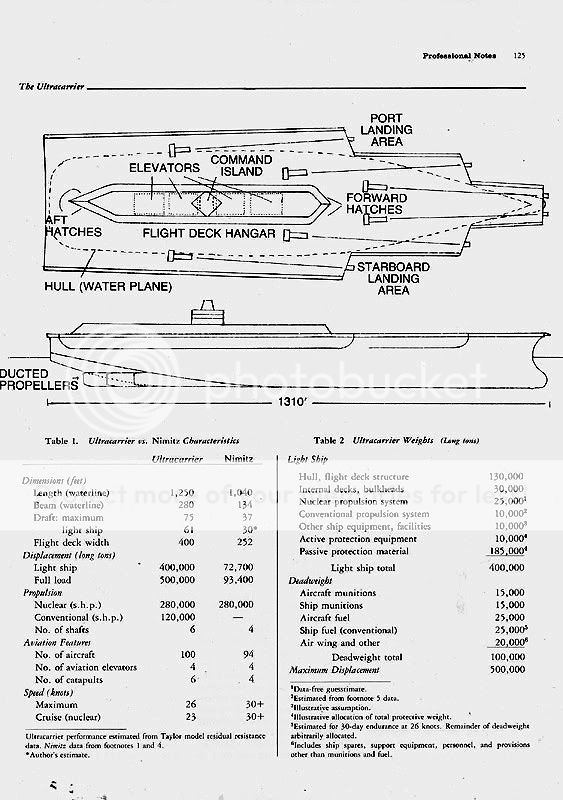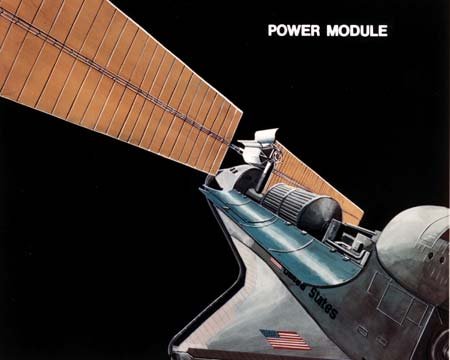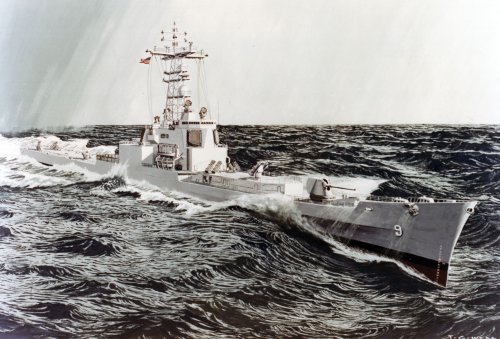- Joined
- 27 September 2006
- Messages
- 5,744
- Reaction score
- 5,615
After the rescue of most of the American hostages in 1980 Jimmy Carter went on to secure a second term against a divided Republican party.
The United States Navy had been hoping that a Republican victory would secure its additional Nimitz class carriers. Carter moved quickly to scotch these hopes. Instead a programme of conventional carriers based on the CVV design was initiated. The lead carrier was named "Franklin D Roosevelt", as it was intended to use these ships to replace the "Midway" class. They would carry the new F18 as production of the F14 was being halted as well.
A further legacy of the first Carter term was the "Sea Control Ship" programme. The "Freedom" class of mini carriers was proceeding even though development of the General Dynamics 200 fighter and the ASW/AEW vstol transporter was way behind schedule. In fact after the Falklands War in 1982 there was talk of the US buying the Sea Harrier instead.
Although Carter agreed the CG47 class, they were only being built at the same rate as the nuclear cruisers they had replaced. The Spruance class however, was nearly complete.
By the 1984 Election the Republicans were pointing to the construction of two Soviet nuclear carriers as proof that Carter's strategy for the Navy had failed. Ronald Reagan, back for a second tilt at Carter (One more shove for the Gipper!), promised that the first thing he would do would be to order new Nimitz carriers and that the first ships would be called "George Washington" and "Abraham Lincoln".
I was prompted to set up this alternate reality for the excellent threads on US Navy 70s projects that are on other parts of the site.
The United States Navy had been hoping that a Republican victory would secure its additional Nimitz class carriers. Carter moved quickly to scotch these hopes. Instead a programme of conventional carriers based on the CVV design was initiated. The lead carrier was named "Franklin D Roosevelt", as it was intended to use these ships to replace the "Midway" class. They would carry the new F18 as production of the F14 was being halted as well.
A further legacy of the first Carter term was the "Sea Control Ship" programme. The "Freedom" class of mini carriers was proceeding even though development of the General Dynamics 200 fighter and the ASW/AEW vstol transporter was way behind schedule. In fact after the Falklands War in 1982 there was talk of the US buying the Sea Harrier instead.
Although Carter agreed the CG47 class, they were only being built at the same rate as the nuclear cruisers they had replaced. The Spruance class however, was nearly complete.
By the 1984 Election the Republicans were pointing to the construction of two Soviet nuclear carriers as proof that Carter's strategy for the Navy had failed. Ronald Reagan, back for a second tilt at Carter (One more shove for the Gipper!), promised that the first thing he would do would be to order new Nimitz carriers and that the first ships would be called "George Washington" and "Abraham Lincoln".
I was prompted to set up this alternate reality for the excellent threads on US Navy 70s projects that are on other parts of the site.




